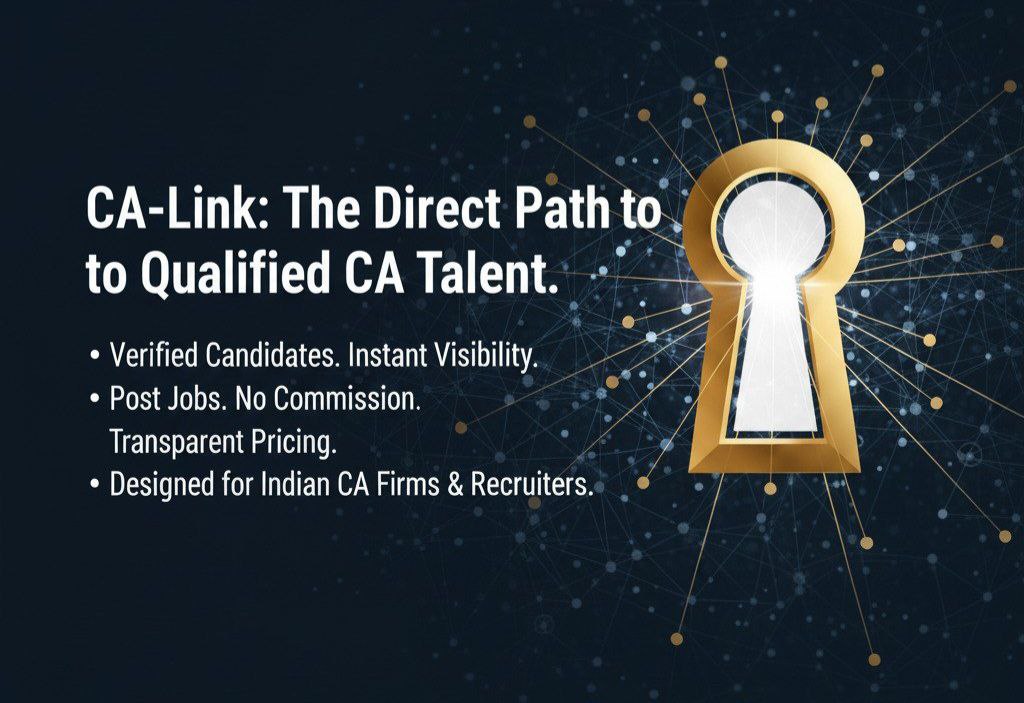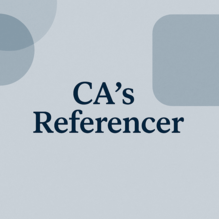When can you tap into your PF savings? EPFO withdrawal rules explained
New Delhi, Aug 18, 2025
From job loss to medical bills or marriage, know when and how much you can withdraw from your provident fund without hurting your retirement savings
The Employees’ Provident Fund (EPF) is designed to secure your retirement, but life often brings expenses that need urgent attention. The Employees’ Provident Fund Organisation (EPFO) allows subscribers to withdraw from their provident fund account under certain conditions, though experts advise using this option sparingly, as it reduces your retirement corpus.
What is EPF and how much do you contribute?
Private sector employees enrolled under EPF contribute 12 per cent of their basic salary plus dearness allowance each month. Employers make a matching contribution. For FY25, the interest rate has been fixed at 8.25 per cent.
According to the EPFO, withdrawals are broadly classified into:
· Final settlement (after retirement)
· Partial withdrawal (advance for specific needs)
· Pension withdrawal benefit (for eligible members under the Employees’ Pension Scheme)
When can you withdraw PF money?
EPFO allows withdrawal in the following situations:
· Unemployment: If you are out of work for over one month, you may withdraw up to 75 per cent of your balance. After two months of unemployment, you can take the remaining amount.
· Housing needs: After three years of membership, you can withdraw up to 90 per cent of your PF savings for purchasing or building a house. The amount can also be used for home loan repayment, subject to conditions.
· Medical treatment: For self or dependents, you may withdraw the lower of six months’ basic pay plus dearness allowance, or your own contribution with interest.
· Marriage or education: After seven years of service, up to 50 per cent of your own contribution with interest can be withdrawn for a child’s education beyond Class 10, or for marriage expenses.
· Special cases: Advances may be taken if your employer has closed the establishment or delayed salary for over two months.
Things to keep in mind
· Withdrawals before completing five years of service may attract tax. However, withdrawals below Rs 50,000 are exempt from TDS.
· You do not need to withdraw funds when changing jobs. With an active Universal Account Number (UAN), balances can be transferred seamlessly.
· Final settlement can be claimed at age 58, when members retire.
How to apply for EPF?
Members can apply for withdrawal online via the EPFO portal using their UAN, or offline through the Composite Claim Form (Aadhaar or non-Aadhaar).
While EPF withdrawals can be a lifeline during emergencies or big-ticket expenses, financial planners caution against using them frequently. Each withdrawal chips away at your retirement savings, money that could otherwise grow steadily with compounding interest.
[The Business Standard]


